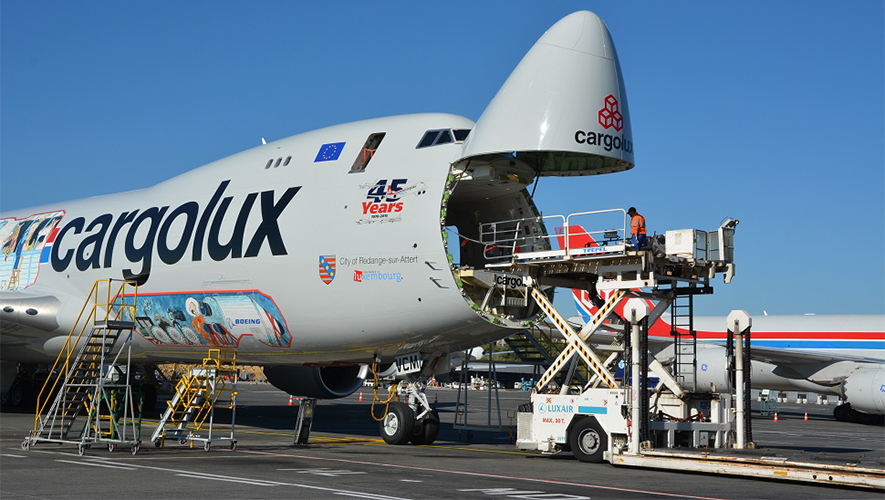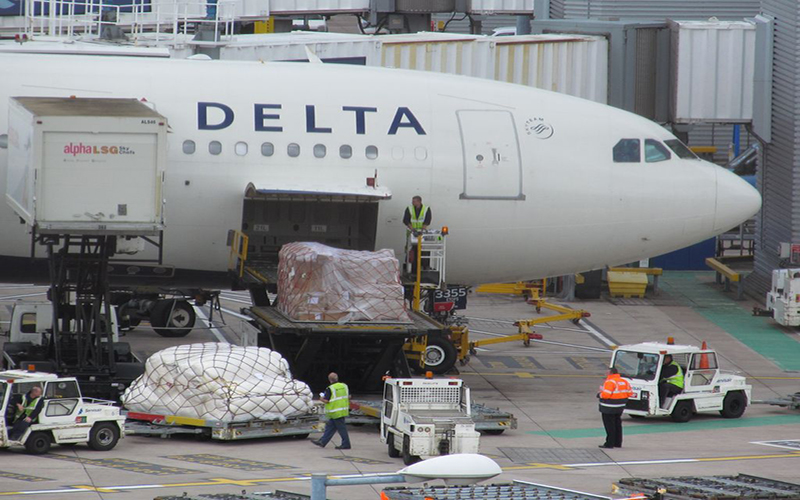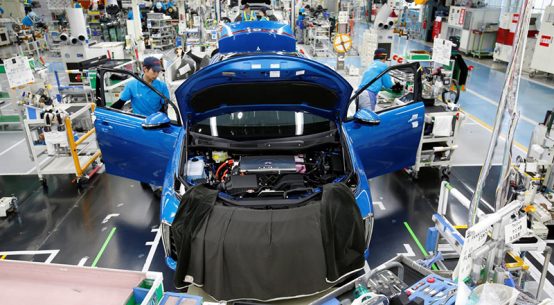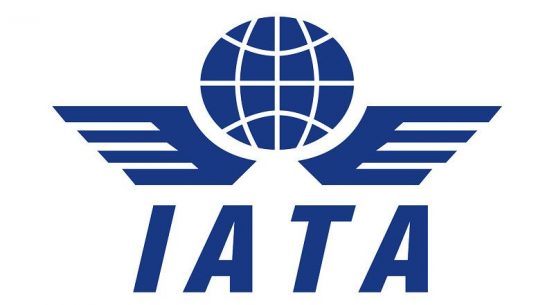
While the COVID-19 pandemic forced the suspension of scheduled flight operations, it provided an elixir to cargo freighting, which became a lifeline to many airlines.
In Africa, airlines like Kenya Airways and Ethiopian Airlines leveraged on cargo freighting to keep some of their aircraft in the air and earned revenues that sustained the companies during the lockdown.
Medical supplies and equipment had to be moved and later COVID-19 vaccine had to be distributed. That was why aviation handling companies in Nigeria recalled most of their workers during the lockdown and since then air cargo freighting has maintained steady rise.
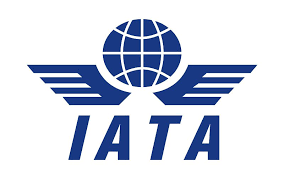
But industry pundits fear that as COVID-19 devastation is effectively managed and the world returns to the pre-COVID-19 era, air cargo might begin to witness a slump. To avert this possibility, the International Air Transport Association (IATA) has urged the air cargo industry to continue working together at the same pace, with the same levels of cooperation as during the COVID-19 pandemic to overcome future challenges and build industry resilience.
IATA brought this to the fore during the 14th World Cargo Symposium (WCS) held in Dublin, Ireland on Tuesday this week and stated that sustainability, modernisation are key priorities for the industry post pandemic.
“Air cargo is a critically important industry. This pandemic reminded us of that. During the crisis, it has been a lifeline for society, delivering critical medical supplies and vaccines across the globe and keeping international supply chains open. And for many airlines, cargo became a vital source of revenue when passenger flights were grounded. In 2020, the air cargo industry generated $129 billion, which represented approximately a third of airlines’ overall revenues, an increase of 10–15% compared to pre-crisis levels. Looking towards the future, the outlook is strong. We need to maintain the momentum established during the crisis and continue building resilience post pandemic,” said IATA’s Global Head of Cargo, Brendan Sullivan.
IATA said the outlook for air cargo in the short and long-term is strong, disclosing that indicators such as inventory levels and manufacturing output are favorable, as the world trade is forecast to grow at 9.5 per cent this year and 5.6 per cent in 2022, e-commerce continues to grow at a double-digit rate, and demand for high-value specialized cargo – such as temperature-sensitive healthcare goods and vaccines – is rising.
“This year cargo demand is expected to exceed pre-crisis (2019) levels by 8 per cent and revenues are expected to rise to a record $175 billion, with yields expected to grow by 15 per cent. In 2022 demand is expected to exceed pre-crisis (2019) levels by 13 per cent with revenues expected to rise to $169 billion although there will be an 8 per cent decline in yields.
“The surge in demand for air cargo and attractive yields are not without complications. Pandemic restrictions have led to severe global supply-chain congestion and created hardships for aircrew crossing international borders. Resourcing and capacity, handling and facility space and logistics will be an issue. This will create further operational challenges for our industry that must be planned for now. But we have demonstrated resilience throughout the crisis and with that same focus we will overcome these challenges,” said Sullivan.
On sustainability, Sullivan said, “Sustainability is our industry’s license to grow. Shippers are becoming more environmentally conscious and are being held accountable for their emissions by their customers. Many are now reporting how much their supply chains produce in emissions, and they are looking for carbon-neutral transportation options. We all need to meet customer expectations for the highest standards of sustainability. The path from stabilizing to reducing net emissions will require a collective effort.”
One of the positive effects of the COVID-19 pandemic is the advancement it made in electronics handling of goods and services; that many stakeholders believe that freight business might move online post-COVID-19.
IATA noted that the pandemic accelerated digitalization in some areas as contactless processes were introduced to reduce the risk from COVID-19 transmission.
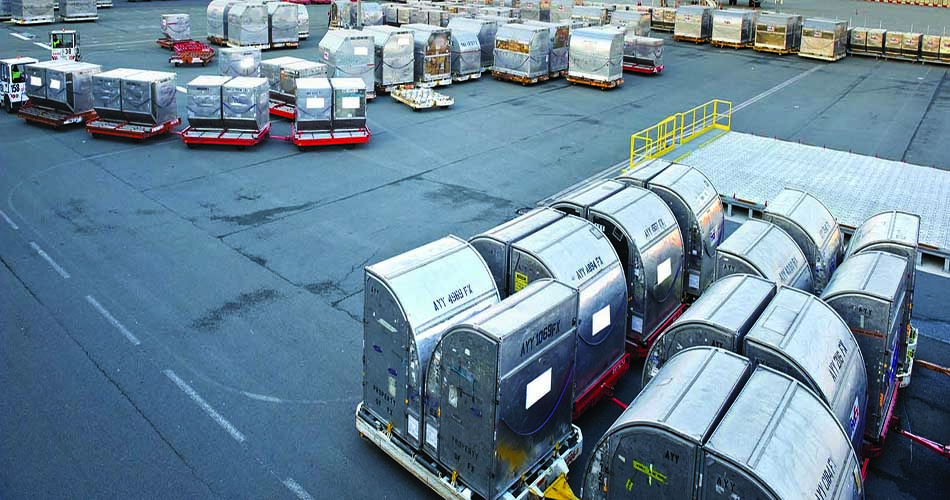
“We need to build on this momentum not only to drive improvements in operational efficiency but to meet the needs of our customers. The biggest growth areas are in cross-border e-commerce and special handling items like time and temperature sensitive payloads. Customers for these products want to know where their items are, and in what condition, at any time during their transport. That requires digitalization and data,” said Sullivan.
Safety was highlighted as a priority for the industry, specifically the transport of lithium batteries.
“Demand for lithium batteries continues to rise as does the risk from lithium battery related fires. Our main concern has been around accidents from rogue shippers who – miss-declare shipments. But the incident on the ramp at Hong Kong International Airport earlier this year reminded us just how big the challenge is. The investigation indicated that loading and handling was as per regulation and the consignment was declared correctly,” said Sullivan.
IATA therefore called for regulatory authorities (European Union Aviation Safety Agency (EASA) and US Federal Aviation administration (FAA) to accelerate development of a test standard that can be used to demonstrate that fire containment pallet covers and fire-resistant containers are capable of withstanding a fire involving lithium batteries.
IATA also urged that government authorities should step up and take responsibility for stopping rogue producers and exporters of lithium batteries.
It also called on the industry to step up and expand the collection of incident data and develop methods for the data to be shared to support the airlines’ safety risk assessment processes.


